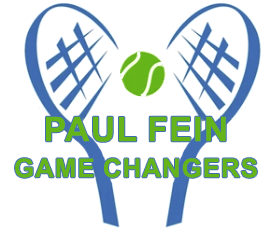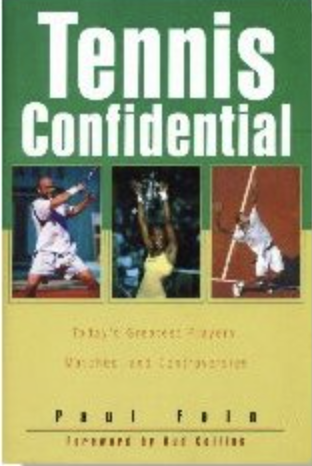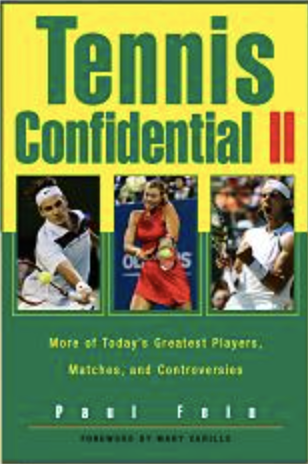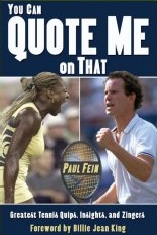Random Thoughts on Three Topics
Hits: 58
As I watched Christopher O’Connell, a 28-year-old Australian journeyman ranked No. 98, valiantly extend heavily favored Daniil Medvedev to 6-2, 4-6, 7-5 in the Doha quarterfinals, I knew it was only a matter of time before his weak one-handed backhand would break down. It took longer than expected because Medvedev inexplicably hit too many shots to O’Connell’s forehand. But the result was still inevitable.
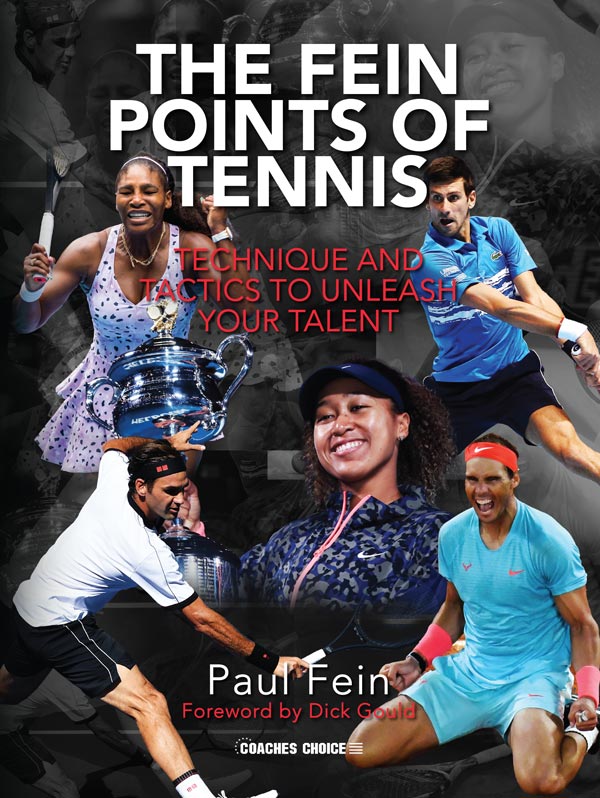
Two questions came to mind. Why in the world did 28-year-old O’Connell have a one-handed backhand in the first place? The Fein Points of Tennis: Technique and Tactics to Unleash Your Talent explains in depth and detail why a two-hander is superior, and nearly every double-hander can hit one-handed backhands as well.
I’ve also wondered why the quality of two-handed backhands used by Australians, especially women, such as Ash Barty and Sam Stosur, were quite inferior to those of elite European players. Do Aussie coaches lack the skills in this area? Or are Aussie players less coachable or less dedicated?
Whatever the case, it’s likely too late for O’Connell to emulate what fellow Aussie Paul McNamee, a doubles star, did during the middle of his pro career 40 years ago: change to a two-handed backhand.
***** ***** *****
Nothing in tennis is more bittersweet than an aging former champion in the twilight of their career. It can be sad as was the case with Guillermo Vilas and Ivan Lendl, losing badly to players they once crushed. Or it can be inspiring, and occasionally glorious, as it is with 35-year-old Andy Murray.
Going into his semifinal match at Doha against rising Czech star Jiri Lehecka, Sir Andy had won only five matches this year—all in five sets and two after he staved off match points.
Murray’s excellent adventure in the Middle East verged into a miracle when he somehow fought off five match points—three on Lehecka’s booming serve—to pull off a 0-6, 6-3, 7-6 comeback victory.
No wonder the Man with the Metal Hip has received 53 wild cards. For the 16th time in his Hall of Fame-worthy career—highlighted by three major titles and two Olympic gold medals—The Great Scot has survived one or more match points to prevail. Against all odds, his “second career” keeps getting better and more exciting.
***** ***** *****
In his book review of Serving Herself, a biography of Althea Gibson, Tunku Varadarajan wrote in The Wall Street Journal: “But while Ashe was worthy, surely, of such exalted honor, the [US Open] stadium should have been named for Althea Gibson.” After all, Mr. Varadarajan contends, Althea broke the color barrier when, in 1950, she became the first Black player—male or female—to play in the U.S. National Championships at Forest Hills, N.Y., the amateur forerunner to the US Open.
But as Mr. Varadarajan notes throughout his otherwise solid review and Gibson declared throughout her illustrious tennis career, she was never a crusader, or even an advocate, for civil rights. As Gibson once said, “No, I don’t consider myself to be a representative of my people. I’m playing tennis to please me, not them.”
Ashe, on the other hand, was renowned not only as a civil rights activist in the U.S. but also as a crusader to help end apartheid in South Africa. Further, after contracting AIDS, he became a passionate advocate for that cause in the last year of his life despite his poor health. In addition, Arthur was a philanthropist, broadcaster, and author of several books, most notably the acclaimed trilogy, A Hard Road to Glory: A History of the African-American Athlete. As an effective politician during the critical early years of Open Tennis, Ashe served as president of the ATP, which named its annual Humanitarian Award after him.
The more you look at Ashe’s extraordinary resume, which also included winning three majors and four Davis Cups—twice each as a player and a captain— the more you understand why this great American unquestionably deserved having the stadium at the National Tennis Center named after him.
I, like many journalists, understood and appreciated how much Ashe was a beneficent game-changer in the tennis world and in the entire world during his all-too-short, 49-year life. This great American granted me two extremely substantive interviews, and both appeared in my first book, Tennis Confidential: Today's Greatest Players, Matches, and Controversies.
